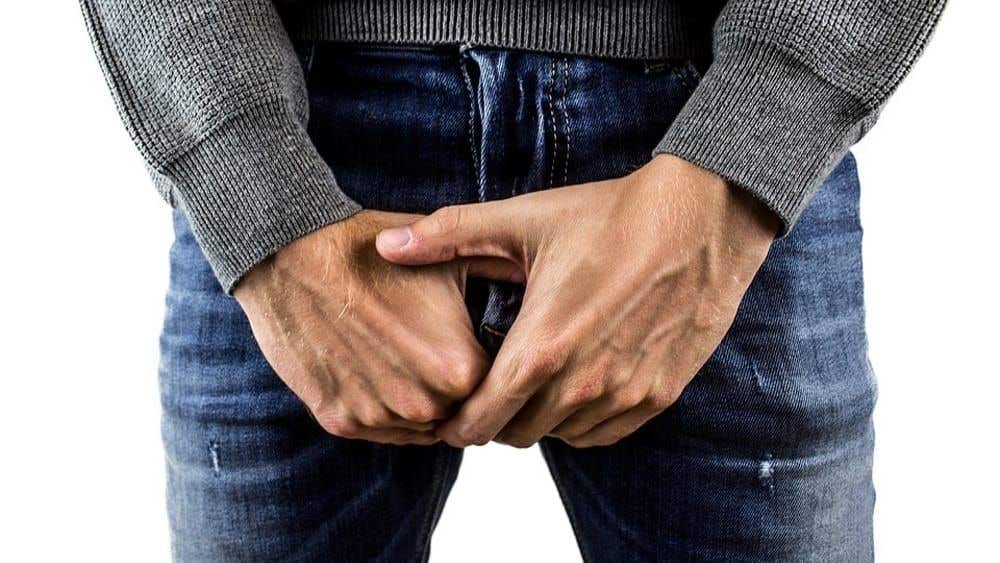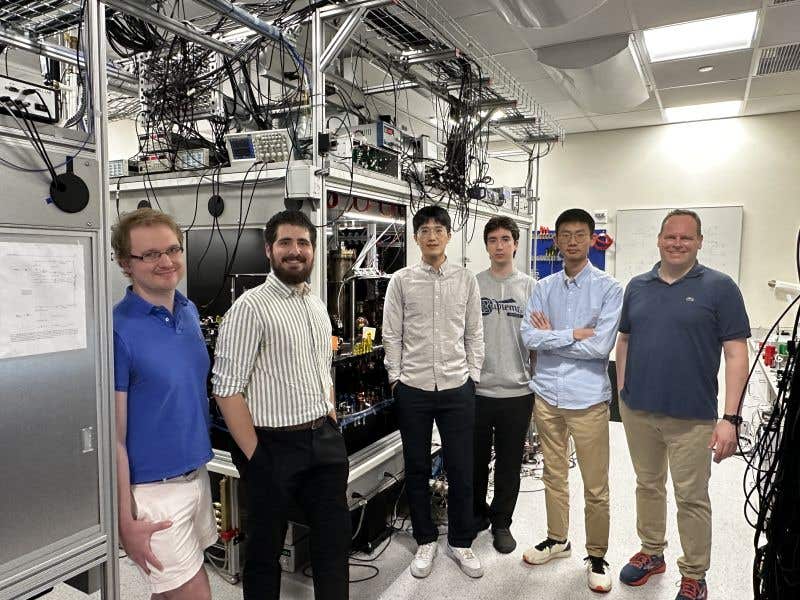Bionic penis: synthetic tissue found to restore erectile function
Researchers in China have used artificial tissue to repair injuries and restores normal erectile function in a pig model.

[Jan. 17, 2023: Kristopher Benke, Cell Press]
The 'game-changing' treatment uses electrical currents to destroy difficult to reach tumours. (Credit: Darryl Leja)
Highlights
• A method for preparing hydrogels with parallel wavy fibers was developed
• ATA with a bionic double-layer structure was prepared
• ATA has bionic mechanical properties and biocompatibility and can repair TA injury
• This approach could provide a common platform for future tissue analog preparations
Researchers in China have used artificial tissue to repair injuries and restores normal erectile function in a pig model, in a study publishing in the journal Matter. The findings suggest that the artificial tunica albuginea (ATA), which mimics a fibrous sheath of tissue necessary to maintain erections and are a promising development for repairing penile damage in humans.
“We largely foresaw the problems and results of the ATA construction process, but we were still surprised by the results in the animal experiments, where the penis regained normal erection immediately after the use of ATA,” said Xuetao Shi, a researcher at the South China University of Technology in Guangzhou, China, and an author of the study.
"This is an area that has received little attention, yet the related need is huge," said Xuetao Shi.
Related Stories
An estimated 50 percent of men between the ages of 40 and 70 experience some form of erectile dysfunction, the researchers said, and about five percent suffer from Peyronie's disease.
Peyronie's disease, commonly caused by injury during sex, involves damage to the fibrous sheath of penile tissue known as the tunica albuginea that allows for the maintaining of an erection.
Scar tissue called plaque can cause curved or painful erections or penis shortening and may require surgical treatment.
The Chinese researchers said other tissues from the body have been used to make patches to replace a damaged tunica albuginea but those are sometimes rejected by the immune system.
Bionic artificial penile Tunica albuginea. (CREDIT: Matter/Chai et al)
Instead, the research group created an artificial tunica albuginea (ATA) that mimics the elasticity of the natural tissue with a substance called hydrogel.
Hydrogels can be natural or synthetic and are being used for a growing number of biomedical applications, including contact lenses and tissue engineering.
For the study, the researchers tested the artificial tissue on Bama miniature pigs with injuries to the tunica albuginea.
Changes in TA microstructure during penile erection and the use of ATA in TA injury repair. (A) Changes in collagen fibers in the natural penis before and after an erection. (B) An ATA patch with a bionic double-layer structure can be used to treat TA damage caused by Peyronie’s disease (PD) and, thus, to restore normal erectile function. (CREDIT: Matter/Chai et al)
The ATA patches and a saline injection restored erectile function "similar to that of normal penile tissue," they said.
"The erection of the penis returned to normal after suturing the ATA at the injured part, and the long-term prognosis was satisfactory," they said.
Shi, a researcher at the South China University of Technology in Guangzhou, said "the results one month after the procedure showed that the ATA group achieved good, though not perfect, repair results."
Erectile effect of pig penis treated with different treatments. (CREDIT: Matter/Chai et al)
The researchers said the findings "show promise for repairing penile injuries in humans" and can potentially be "extended to many other load-bearing tissues."
"Our work at this stage focuses on the repair of a single tissue in the penis," Shi said.
"The next stage will be to consider the repair of the overall penile defect or the construction of an artificial penis from a holistic perspective."
The researchers will also explore techniques to repair other tissues, including the heart and bladder, Shi said.
Note: Materials provided above by Cell Press. Content may be edited for style and length.
Like these kind of feel good stories? Get the Brighter Side of News' newsletter.



